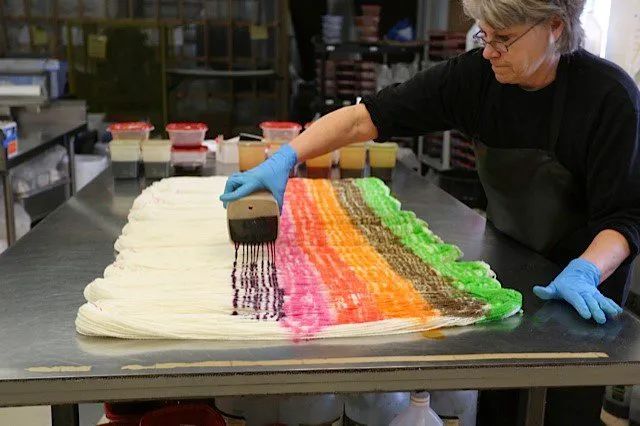
Spinning Yarn, Helping Feed an Economy
Inside the Mountain Meadow Wool Mill
Situated in the industrial zone of Buffalo, Wyoming sits a plain rectangular building with a simple sign that states Wool Mill. The basic functionality of the building belies the remarkable story housed within. This is the home of Mountain Meadow Wool Mill, the brainchild of two ordinary women looking for the next chapter of their lives.
Karen Hostetler and Valerie Spanos have been friends for a long time. Meeting when their children were young, the two women formed a life-long friendship based on kids, community and crafts. As their children matured into young adults, Karen and Valerie began looking for their next big thing. Their love of crafts, and fiber crafts in particular, led them to think about wool. Karen says, “Valerie and I were at a funeral dinner working in the kitchen all by ourselves at the church kind of trying to figure out what we’re going to do next in our lives. Both of us are kind of earth mothers and we have a strong love of fiber. We looked around and said let’s do something with the wool.”
Central Wyoming is home to a long tradition of Basque sheep ranchers and the two women often saw large flocks of sheep as they traveled in their area and throughout the state. Karen had been a weaver and knitter since childhood and Valerie was interested in wool for quilting. With all those sheep dotting the landscape, the women wanted to be able to purchase local wool.
They first thought it would be fun to make dolls with wool from those fluffy range critters. What they discovered was that they couldn’t find a single skein of locally sourced wool. That, they decided, was just wrong. Karen says, “We went on a quest to find out why you can’t find local wool.” They felt that all that wonderful wool should be kept in Wyoming, but it wasn’t.
Therein began a long journey. The two women began with one 400-pound bale of wool which they purchased from a friend who was a local rancher. With the help of a new technology called the Internet, they found a mill in Canada which was willing to process their wool. Karen and Valerie just assumed they’d receive blankets, gloves and hats when their wool was finished, just like all the products they’d seen for sale at the mill’s retail store. Instead, Karen says, “We ended up with a lot of white yarn.”
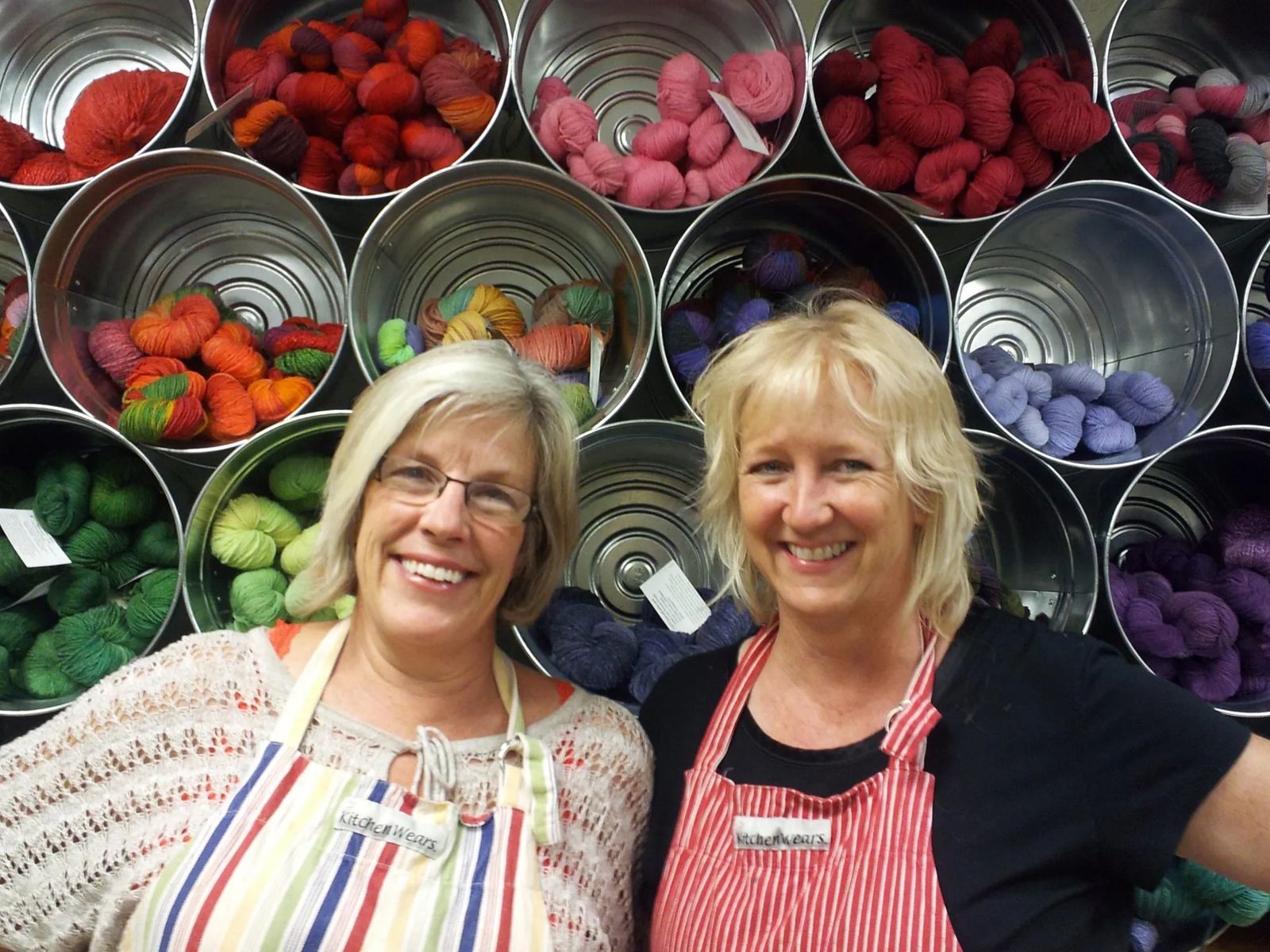
As the two friends mulled over what they were to do with all that yarn, they started thinking about the ranching way of life, the incredible beauty of the wool itself and the need for rural economic development in their community. “We just thought we should have something like that (the Canadian mill) here. It should be next to the ranch,” Karen says.
The fermentation of those ideas led Karen and Valerie on a circuitous path filled with an ever increasing number of new challenges, including writing their first grant. The grant was for a feasibility study to determine the profitability of developing a simple wool washing facility. The mill owners thought they could provide the greatest service to producers by washing wool, which is a complex, expensive and time consuming task. Instead, the results of the study forced Karen and Valerie to step back and really look at how they could have the greatest impact on the community and on the ranches. “It gave us a much bigger picture of the entire fiber industry.”
That bigger picture eventually became the idea for a wool processing mill. Karen and Valerie were soon learning all about the wool industry, how to write additional grants, what equipment they needed, and how to speak a whole new language all about yarn. They also experienced blatant negativism from others in the industry, producers, government officials and even friends. Karen and Valerie didn’t set out to start a profitable wool finishing business, but that’s exactly what they created, despite the naysayers.
Wyoming’s Basque heritage of sheep ranching dates back to the early 1900s and several operations are still family held today. Many of those sheep live at least part of the year in the Big Horn Mountains. But those family sheep ranches are increasingly vulnerable to commodity fluctuations and more and more of them are being forced into selling out. Karen says, “As you drive throughout the state of Wyoming you see so many things, land and ranches, being bought up and the ranching going away. If those ranches can be sustainable then that’s a good thing.” They say, “It a good feeling to see we’re sustaining a way a life.” What started out as a simple crafting project became a crusade to save a lifestyle.
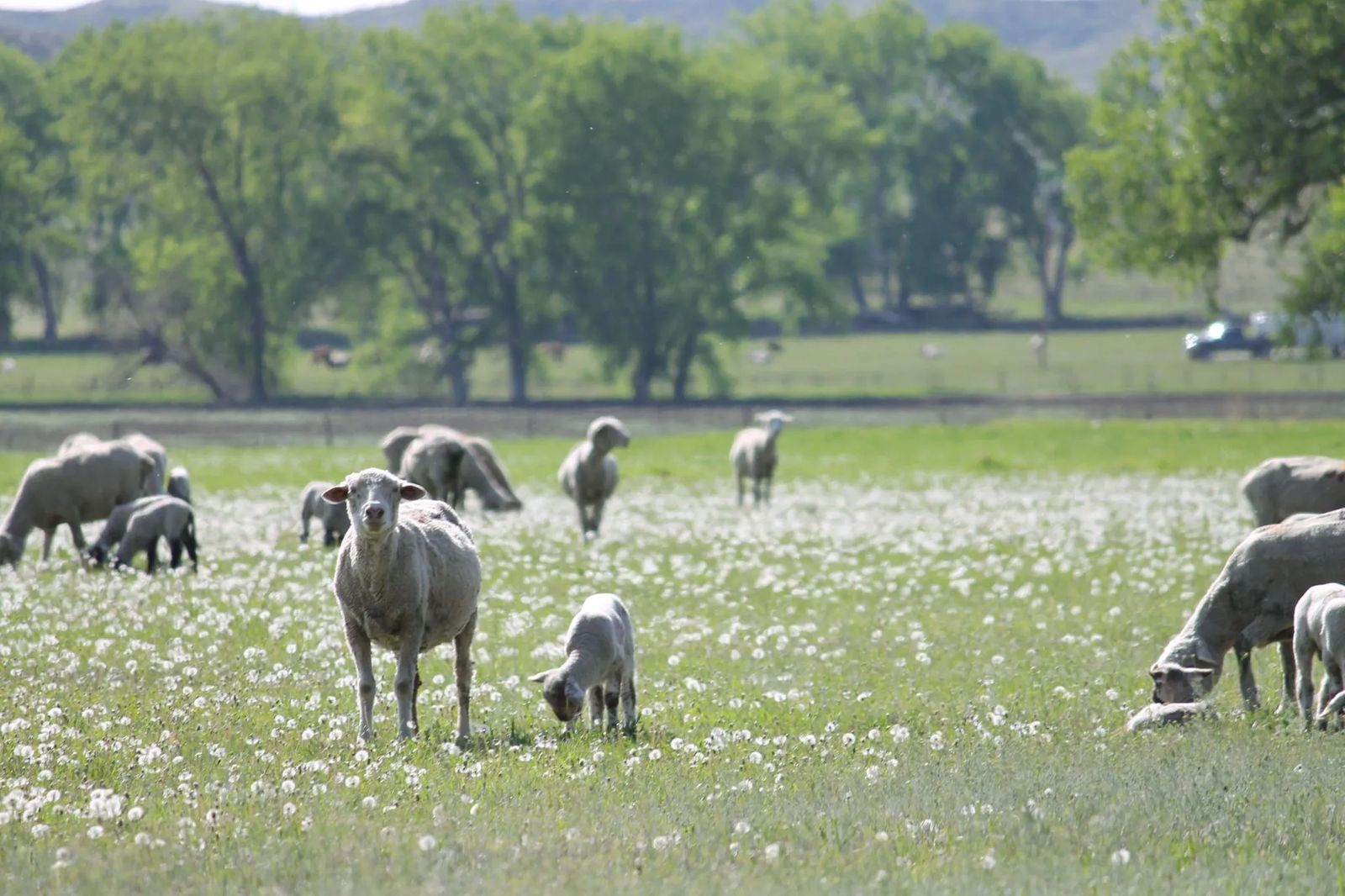
Peter John Camino is one sheep rancher who has benefited from the presence of the mill. Camino’s family ranch dates back to the early turn of the twentieth century when his grandfather came from Spain’s Basque region to work as a sheepherder in Wyoming. Camino says, “Having the mill has created a way better income from our wool. It provides cash flow through the year instead of just once a year. It’s better compensation.”
Unbeknownst to the mill’s owners, their early decision to simplify each rancher’s payment became a way to help sustain the sheep ranching heritage and gave Mountain Meadow Mill a unique niche in the market. The mill owners created a trace back program where each ranch’s annual fleece production is labeled and processed separately. This allows the mill to match the finished yarn to the sheep that started it all. Consumers love the idea of knowing where a product is produced. Karen says “The trace-back program is hugely popular with the end buyers.” It’s both a marketing strategy as well as an acknowledgement that these ranches and their shepherds are vital to the industry.
Peter John Camino says, “It’s a great feeling to go into any yarn shop in Sheridan or Cody and see our wool. That wool is raised, cleaned, processed then sold right here in Wyoming. That’s money that stays in the state and helps the economy.”
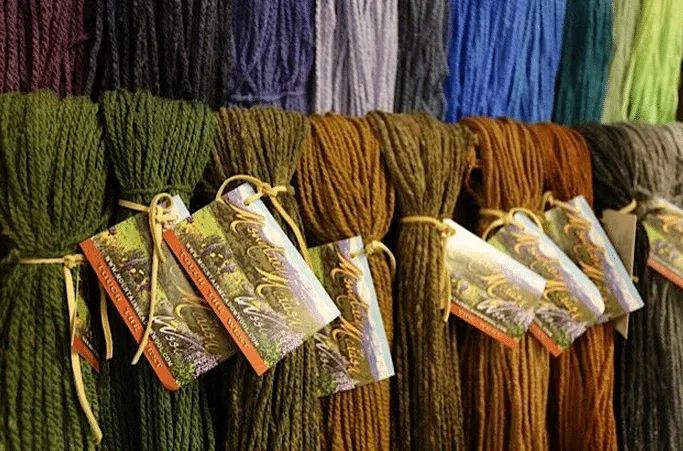
Mountain Meadow Mill is the largest full service mill west of the Mississippi River. The mill primarily processes wool produced in Wyoming but they source fleece from Montana and Utah as well. Mountain Meadow also provides custom orders from producers across the country who might request a particular size yarn or a certain coloration. In recent years these specialty runs have made up from 20-60% of the mill’s production. The mill finishes about 15,000 pounds of wool a year, which correlates to thousands of dewy-eyed, bleating sheep. In the grand scheme of the wool industry Mountain Meadow is considered a medium-sized operation. Quite an impressive feat for two women who knew nothing of the wool industry just thirteen years ago. “Sometimes I go out there (into the factory) and think, ’Oh my gosh, how did that happen?’” laughs Karen.
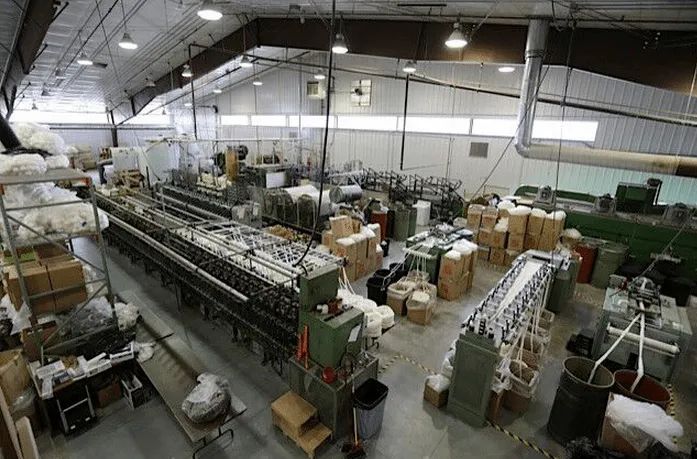
Producers who bring in 100 pounds of fleece can expect an average of 55 pounds of finished yarn. Those numbers result in the Mountain Meadow Mill operating 12 hours a day, five days a week, employing 8 full time and 3 part time local residents. In a town of 4300 folks, that’s a decent sized employer.
Although Karen and Valerie can’t say how many ranches they’ve actually helped stay in business, they do feel they’re starting to make some impact. They’re seeing ranchers changing their flocks to accommodate the needs of the mill. Producers are bringing in new rams to nudge their production to produce a longer staple or increase the number of black fleeces. They’re also doing less branding to reduce the amount of waste per fleece. Everyone benefits when rancher and mill work together.
Karen says it’s just been within the past few years that the mill has grown enough that they might be creating a positive influence on the Wyoming sheep industry. She says, “Just the fact that we’re using more of the wool in the state. The more wool we use the more it impacts the ranch.” “The first few years,” she says, “we were just learning how to make yarn.”
Early in the process of starting the mill, Karen says she and Valerie went to their first trade show. Karen went up to the owner of a large mill and mentioned she wanted to start a wool mill. His reply was they must be crazy or brave. Karen feels they’re a little of both. “In the beginning we asked enough questions and got smart people to answer them and we weren’t afraid to do things differently.”
Doing things differently has made all the difference in the lives of countless people. The mill buzzes with activity from the running of the machines to the chatter of folks (mostly women) taking the Thursday afternoon tour. Fingers run lovingly over the skeins placed in shiny buckets in the mill’s retail store. Rarely does a shopper leave empty handed because who can resist purchasing something that’s produced and manufactured by local hooves and hands?
Karen Hostetler laughs when she says, “There’s been a love of wool and fiber for a long time. I don’t know, I guess it was all getting me ready for this. It just took 50 years.”
Pay a Visit to Mountain Meadow Mill
Gift shop Hours: Monday through Friday from 2 to 5PM
Factory Tours: Tuesday and Thursday at 1:30 PM
Location 22 Plains Drive, Buffalo, WY 82834. 307.684.5775
On the Web: www.mountainmeadowmill.com
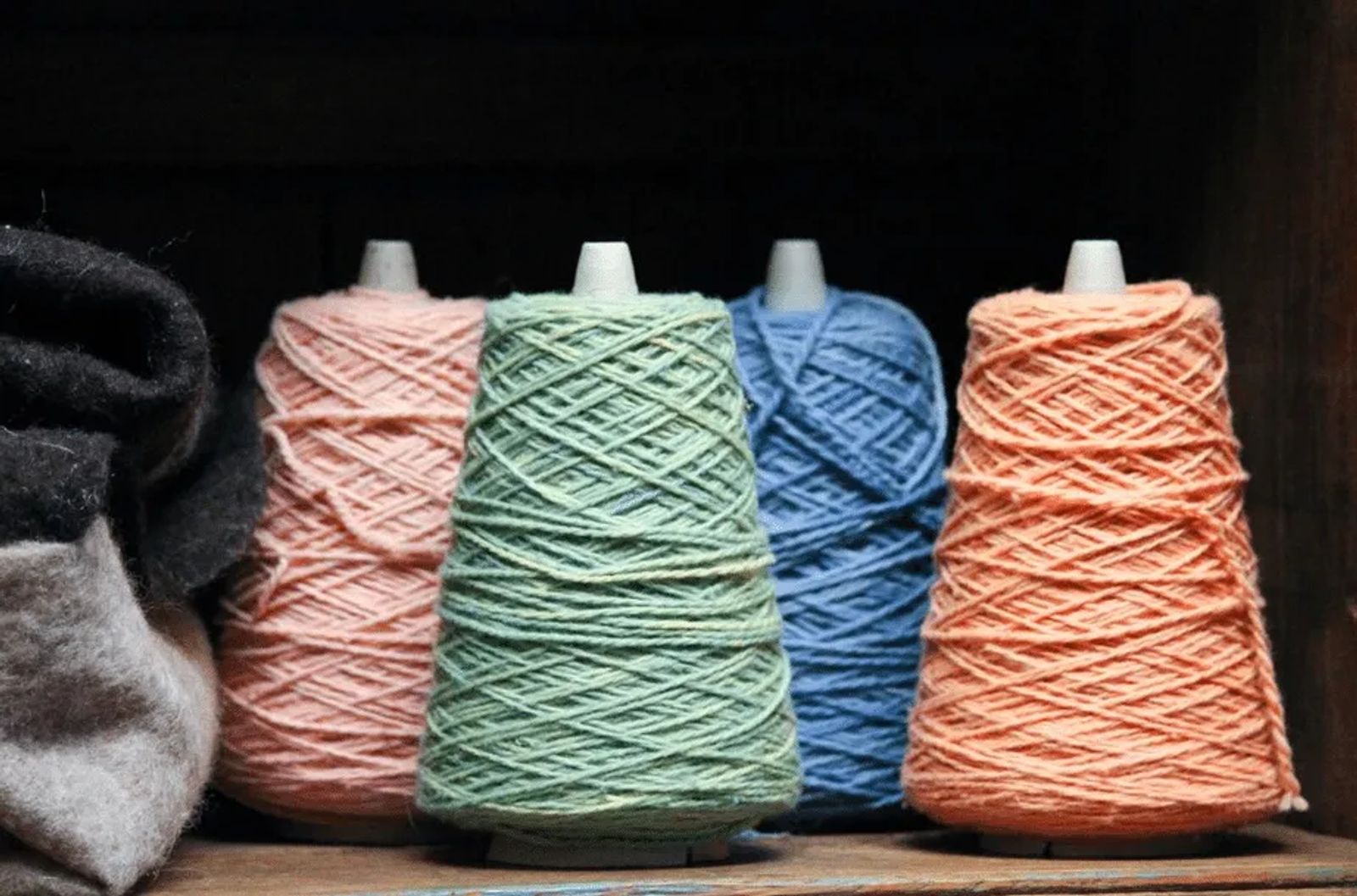
HAVE YOU ANY WOOL?
Montana & Wyoming are big players in the sheep industry
Montana: Ranks 7th nationwide for sheep producing states. In 2013, the state was home to roughly 235,000 head of sheep valued at $45,120,000. In 2012 the 2 million pounds of wool all those sheep produced was valued at $4,053,000.
Wyoming: Ranks 3rd overall for sheep production. That equates to a value of $64,620,000. Wyoming has 355,000 head of sheep and their fleece was worth $5,219,000 in 2013. The secondary economic impact of the sheep industry in Wyoming rounds out to $66.1 million and provides 835 jobs.














